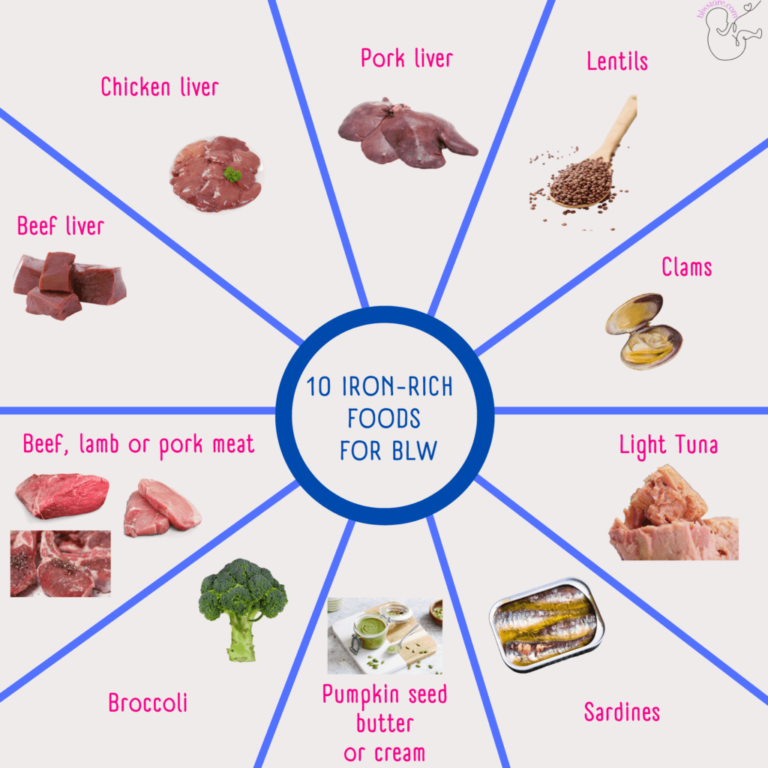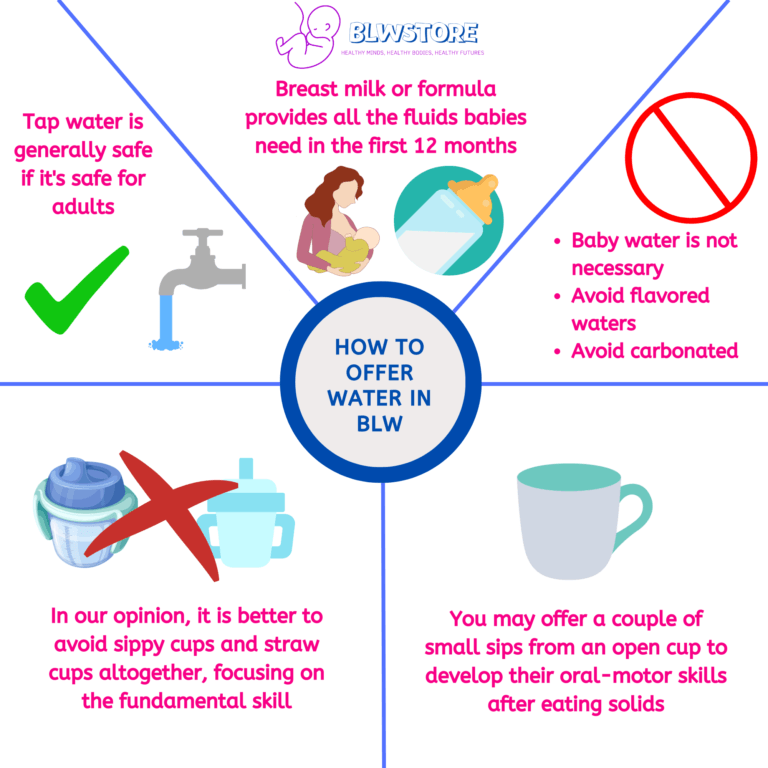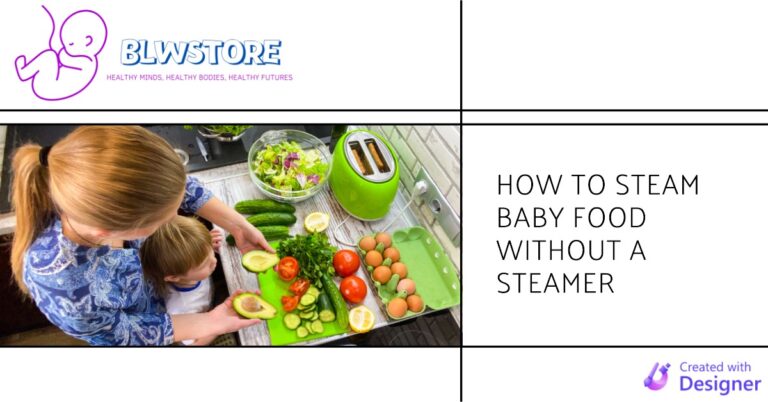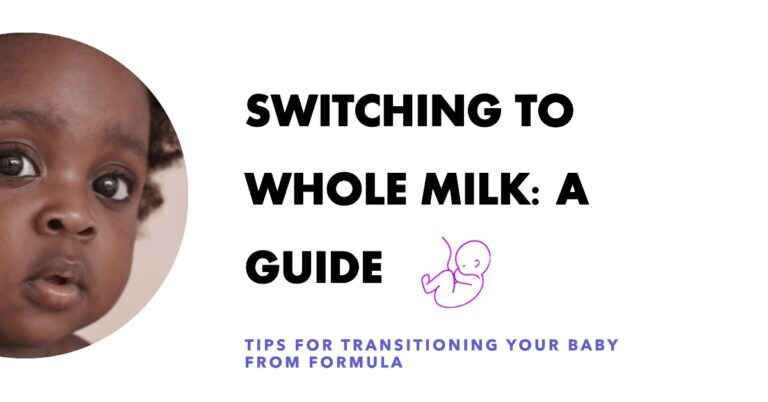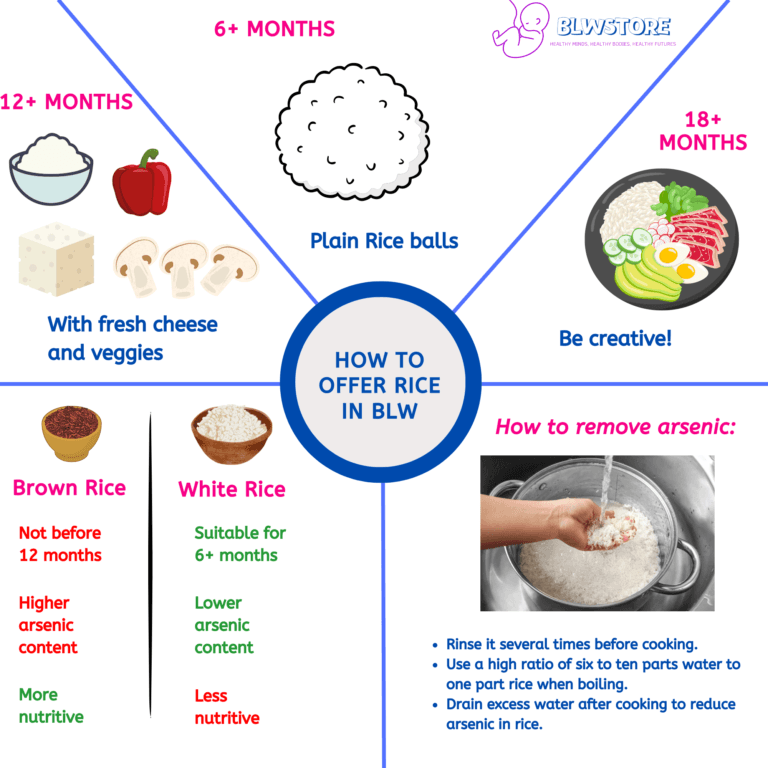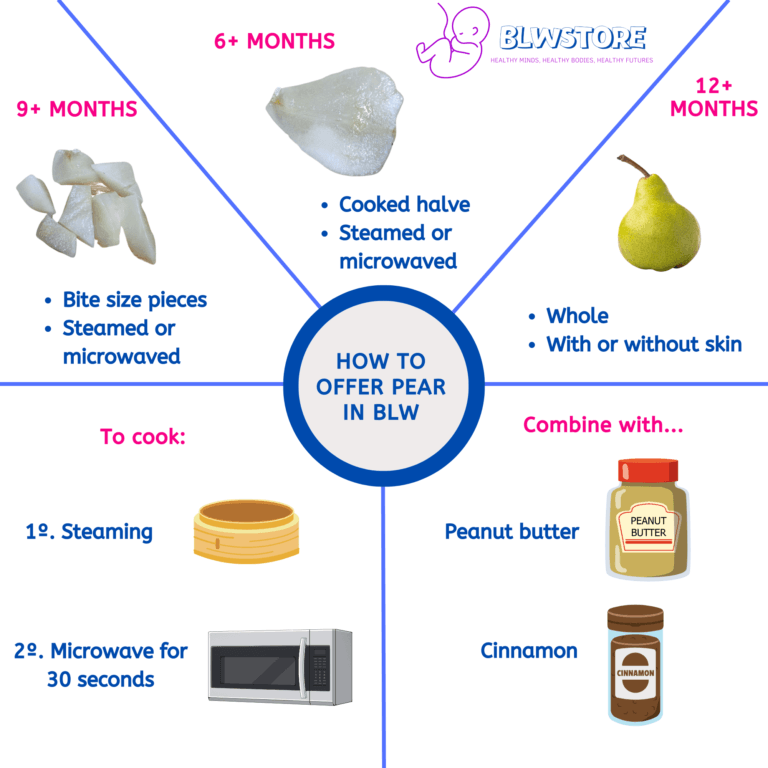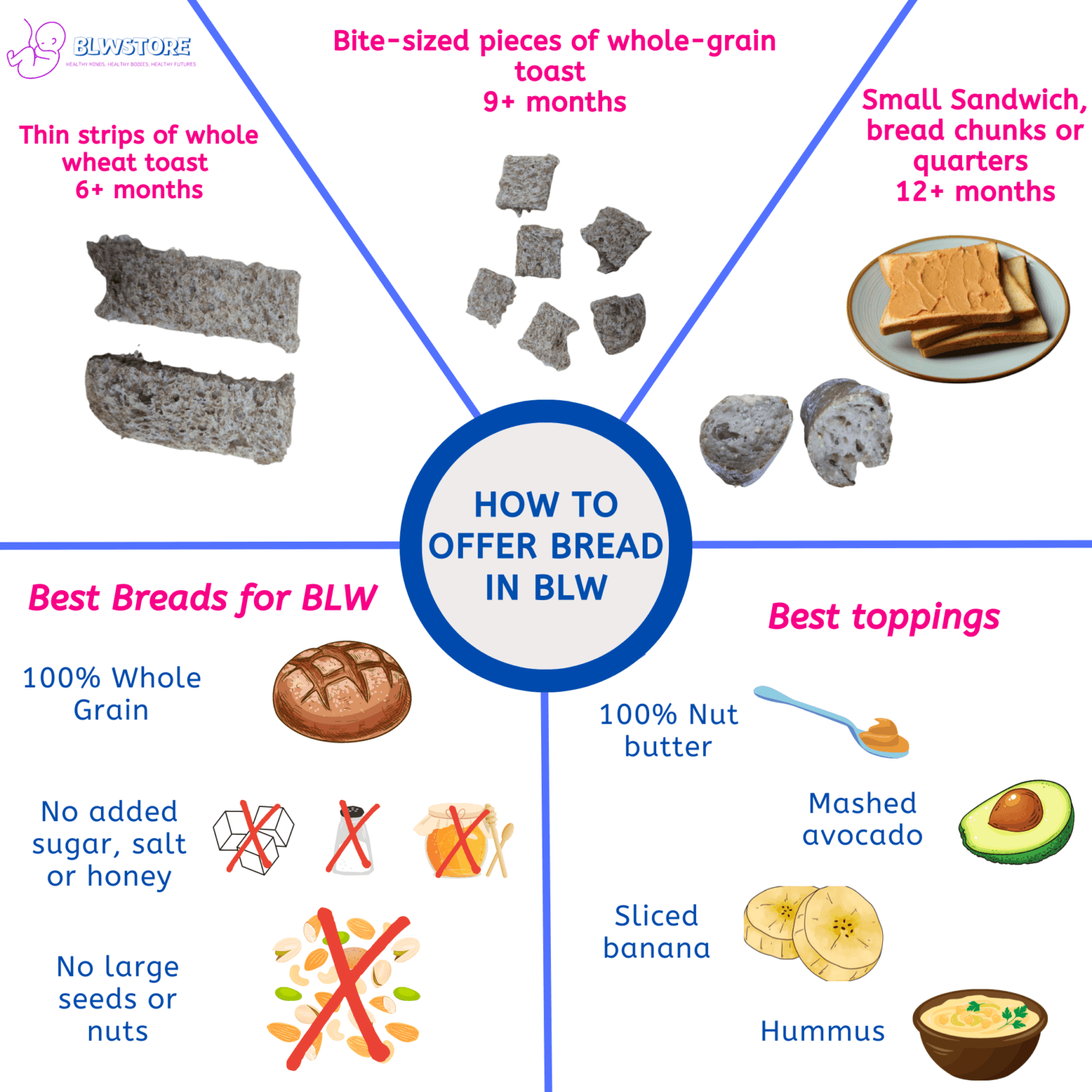
Babies begin to crave different tastes and textures as they get older.
Bread is one food that many parents think about giving their young children.
But which type of bread is the best and how should you offer it?
In this article, you will learn how to choose the best baby-friendly breads, how to serve it, and the best toppings.
So whether you are continuing your baby-led weaning journey or just starting, this post is for you.
Let’s get after it!
Key takeaways
- When selecting bread for baby-led weaning, it is important to consider the nutritional value and contents of the bread and to pick a bread that contains minimal salt and no large seeds or nuts, and no added sugars or honey.
- Whole-grain bread is an ideal option for babies who are beginning to eat solid food as it has plenty of fiber and iron.
- Toasted bread is less likely to develop into a big, sticky mass in a baby’s mouth and holds together well after toasting.
- Always supervise your baby when eating bread and cut it into small, bite-sized pieces.
- Varied bread varieties can provide different advantages for a newborn, including nutritional advantages, palate expansion, strengthening of the jaws, and oral development.
- Bread can be a beneficial supplement to an infant’s diet when introduced cautiously and appropriately.
- Always follow safety protocols to minimize choking risk, and make educated choices for your child regarding their needs.
- Bread provides carbohydrates, fiber, and a bit of protein, and its nutritional value depends on the type of bread, with bread made from fermented or sprouted grains and whole-grain bread being more nutritious options.
Best Bread For Baby-Led Weaning
It’s crucial to think about the nutritional value and contents of the breads you choose when selecting the finest ones for baby-led weaning.
Here are some options to think about:
100% whole grain breads
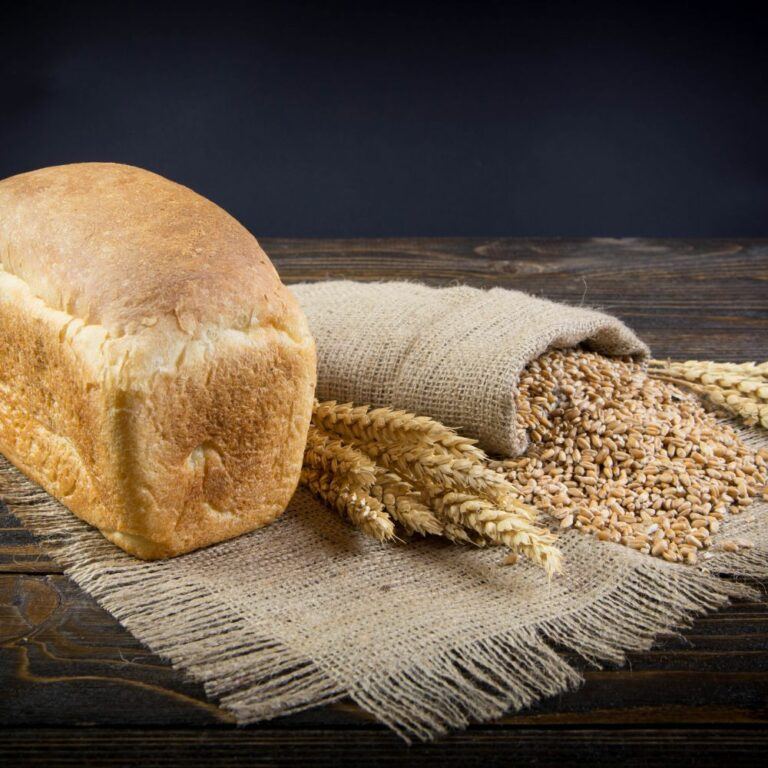
White bread typically has less protein and fiber than its whole grain alternatives like amaranth, rye, and whole wheat.
Conversely, whole-grain bread has substantially more protein and fiber, which are essential for a baby’s muscular growth and efficient metabolism due to magnesium and selenium.
As it has plenty of fiber and iron, bread made from whole grains is an ideal option for babies who are beginning to eat solid food.
Breads with no added sugar or honey
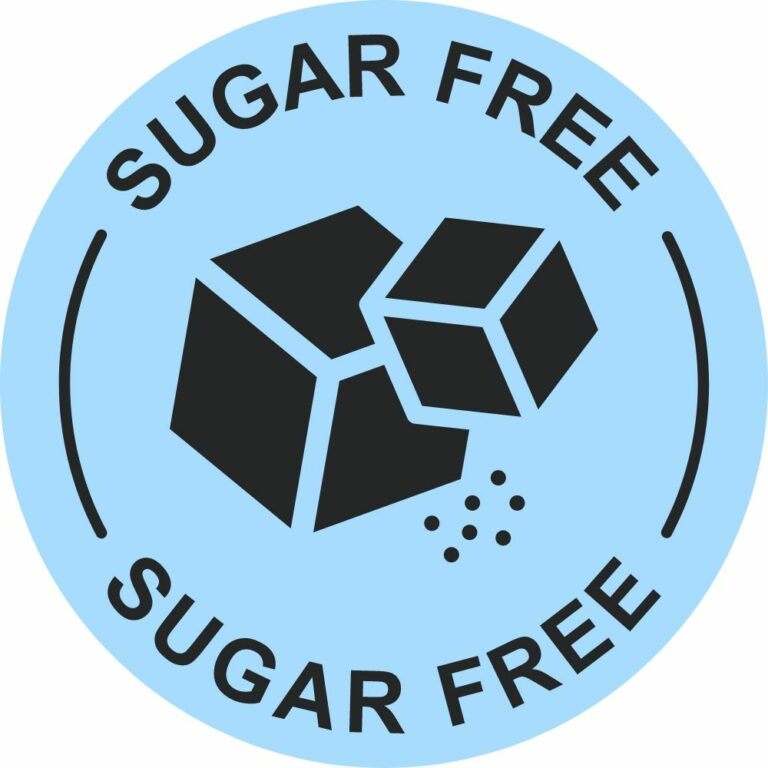
Breads for baby-led weaning should not contain any added sugar or honey. It is critical to read the labels before making a decision and selecting bread that is free of these ingredients.
Breads with no large seeds or nuts
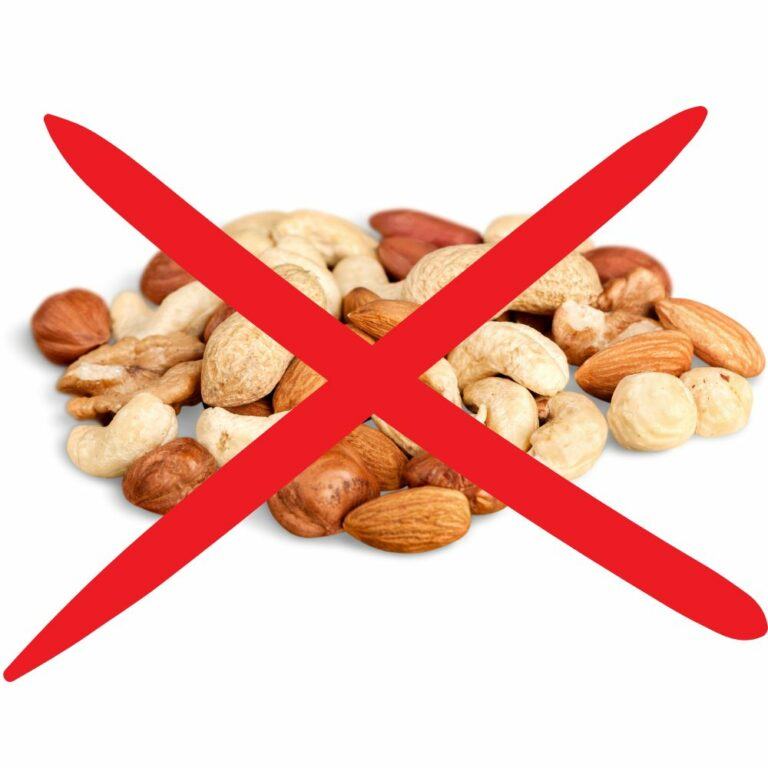
When shopping for bread products to give to your infant, make sure they do not contain any sizeable seeds or nuts, as they can be a choking hazard.
It is essential to keep an eye on your baby when they are eating bread and to cut it into small, bite-sized pieces to reduce the risk of choking.
Sprouted Grain Bread
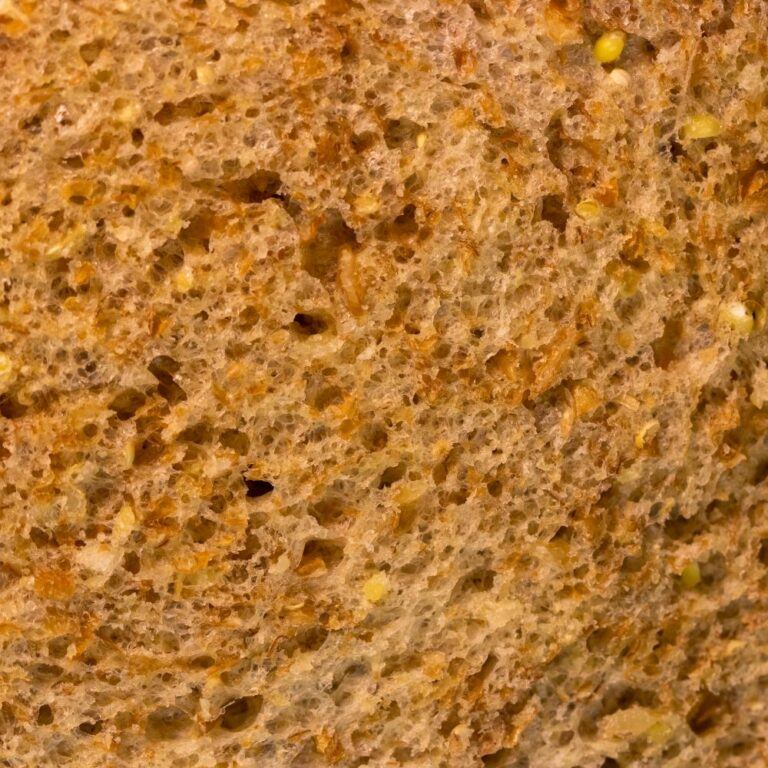
Rich in folate, zinc, vitamin C, and iron, sprouted grain bread can promote healthy brain development and strengthen your baby’s immunity.
It’s also rich in fatty acids and antioxidants that can boost your baby’s brainpower.
Top choices include breads made of sprouted legumes and quinoa.
Sourdough
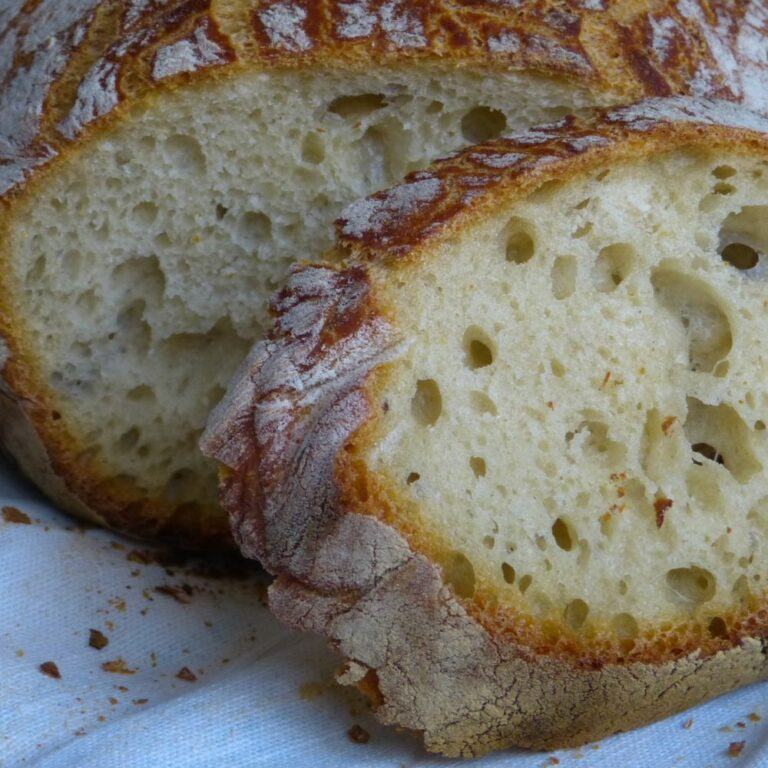
Through natural fermentation, sourdough produces beneficial bacteria that can help keep your baby away from digestive problems like diarrhea, constipation, and irritable bowel syndrome.
Sourdough can also help manage allergies and eczema.
Grains commonly used in sourdough are rye, spelt, wheat, and einkorn.
Spelt Bread
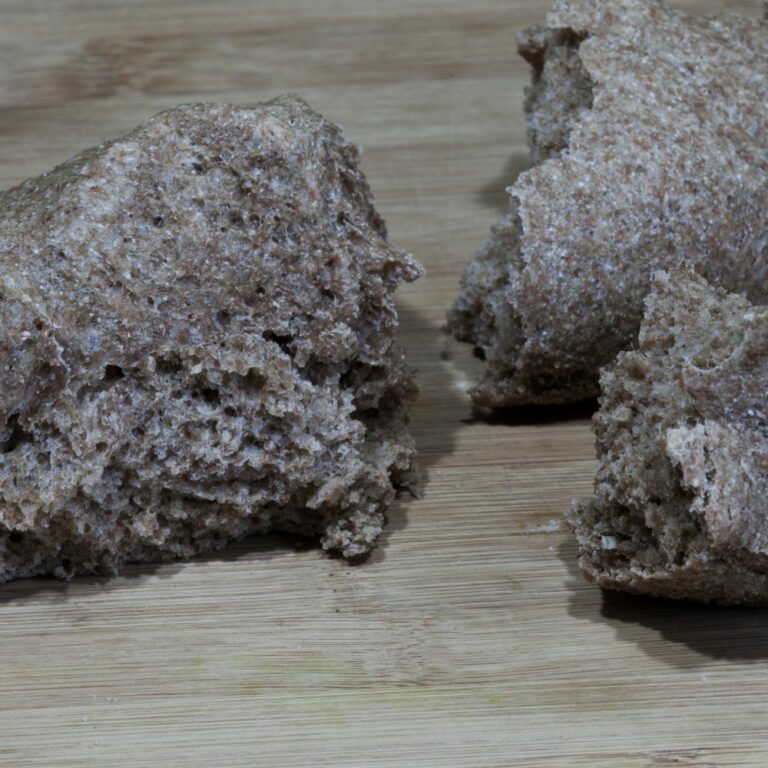
Spelt is a nutritious option for baby-led weaning because it is strong in protein and fiber.
B vitamins, magnesium, and iron are abundant vitamins and minerals in spelt bread. It has a firmer texture than wheat bread and a nutty, slightly sweet flavor. Spelt bread could be more difficult to find in some places because spelt flour is not as extensively distributed as wheat flour.
Spelt bread is superior than refined white bread for baby-led weaning, just like other whole-grain breads.
Choosing Baby-Friendly Breads: Ingredients Chart
| Key Ingredients | Criteria |
|---|---|
| Sodium | Breads with fewer than 140 mg of salt per serving |
| Nuts and Seeds | Loaves baked with finely ground flour |
| Sugar and Honey | Breads without added sugar or honey; avoid high fructose corn syrup, molasses, or honey |
It’s essential to think about the ingredients when choosing bread for baby-led weaning to make sure your baby will eat it safely and nutritiously.
When selecting breads suitable for babies, keep the following elements in mind:
1. Reduced Sodium Content
It’s crucial to choose breads with minimal salt content because babies should consume less than 1 gram of sodium daily.
Look for breads with fewer than 140 mg of salt per serving on the nutrition label.
2. No Big Nuts or Seeds
It’s essential to choose breads devoid of large seeds or nuts because they present a choking risk for infants.
To avoid consuming whole seeds or nuts in your bread, look for loaves that are baked with finely ground flour.
3. No added sugar or honey
Breads without added sugar or honey are preferred because these ingredients might be hazardous to infants.
Aim to steer clear of breads that have additional sugars such high fructose corn syrup, molasses, or honey by carefully reading the ingredients list.
Serving Bread Safely during Baby-Led Weaning
When serving bread to your baby, it’s important to cut it in a way that minimizes the risk of choking.
Here are some tips on how to cut bread for babies at different stages of development:
How to serve bread to prevent choking
- Always supervise your baby when eating bread and cut it into small, bite-sized pieces.
- Avoid giving your baby bread with sticky nut butter or spreads to minimize choking risk.
- Offer resistive breads like the crusty end and model how to take bites, tear pieces off with your teeth, and chew well.
- If a child is routinely taking too-big bites of bread, go bigger and more resistant in size or offer less bite-size pieces at a time.
6-9 months old
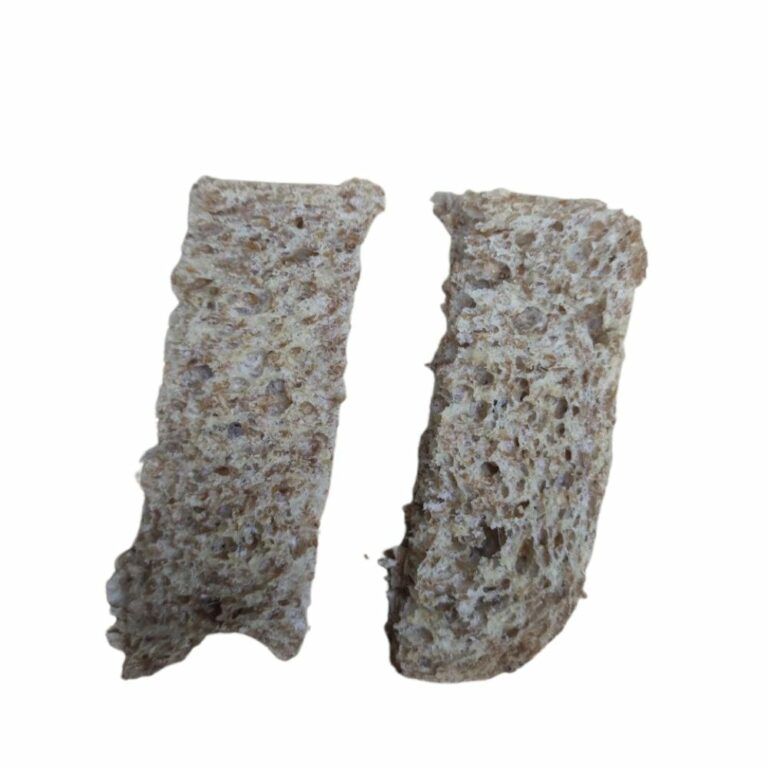
At this age, large ends of thick, crusty bread and strips of toast about the size of two adult fingers held together can be safer than thin pieces of soft sliced bread, which can clump and stick together in the mouth.
Look for bread pieces that have some resistance to them and if any piece is making you nervous, simply remove it from your baby’s eating area and replace it with something else.
9-12 months old
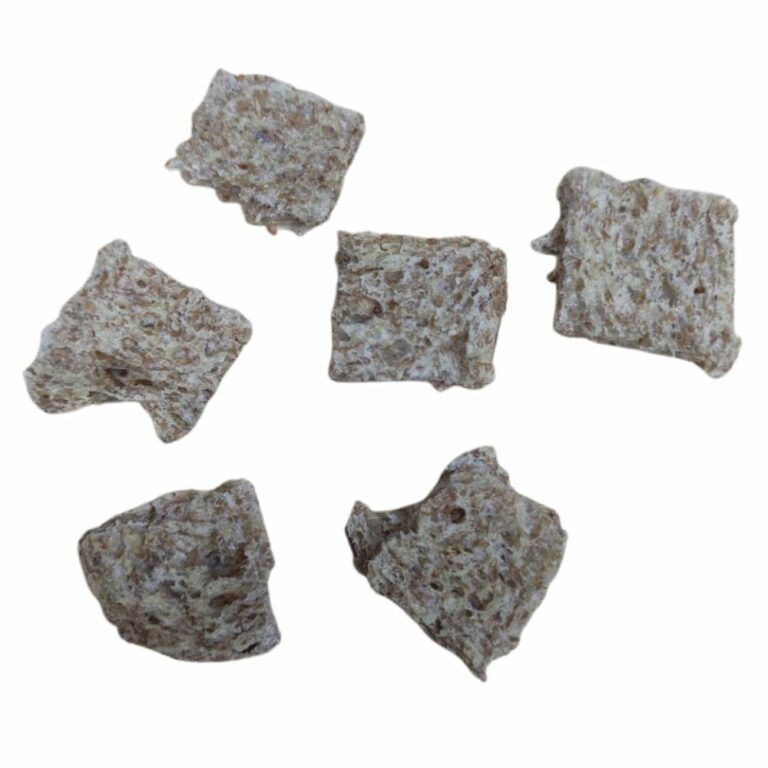
This is a great time to move down in size to thin matchstick strips of toast or small, bite-sized pieces of bread.
If the baby is shoveling many pieces of bread or stuffing whole strips of bread in at once, offer more resistive breads like the crusty end, and model how to take bites, tear pieces off with your teeth, and chew well.
12-18 months old
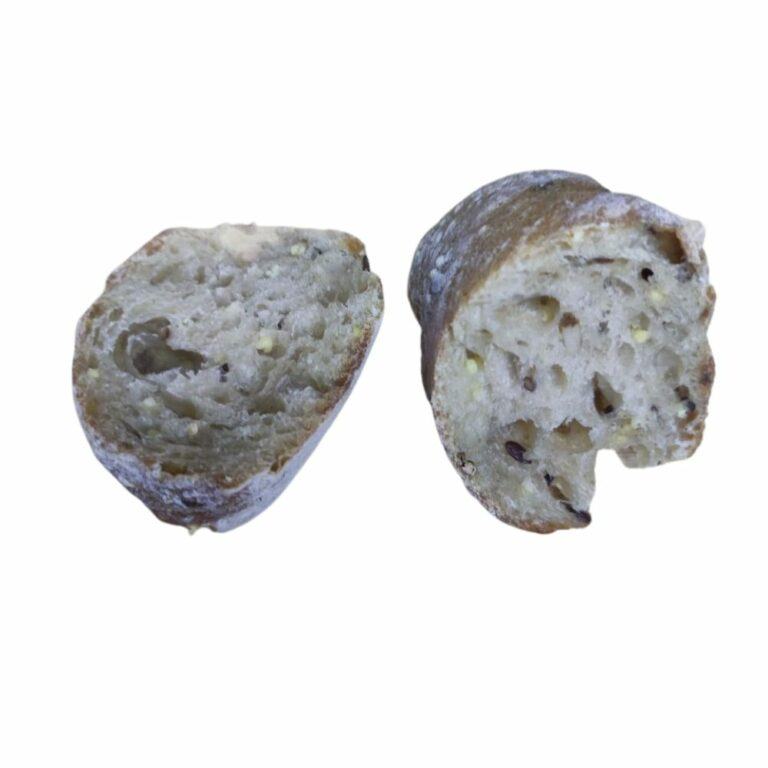
This is a great age to explore a wide variety of breads and to offer slices for biting, tearing, and chewing practice.
Offer large pieces of sliced bread cut in half or quarters.
As your toddler’s chewing skills improve, you can expect less gagging, but any moist, sticky bread may still cause some gagging even at this age.
18-24 months old
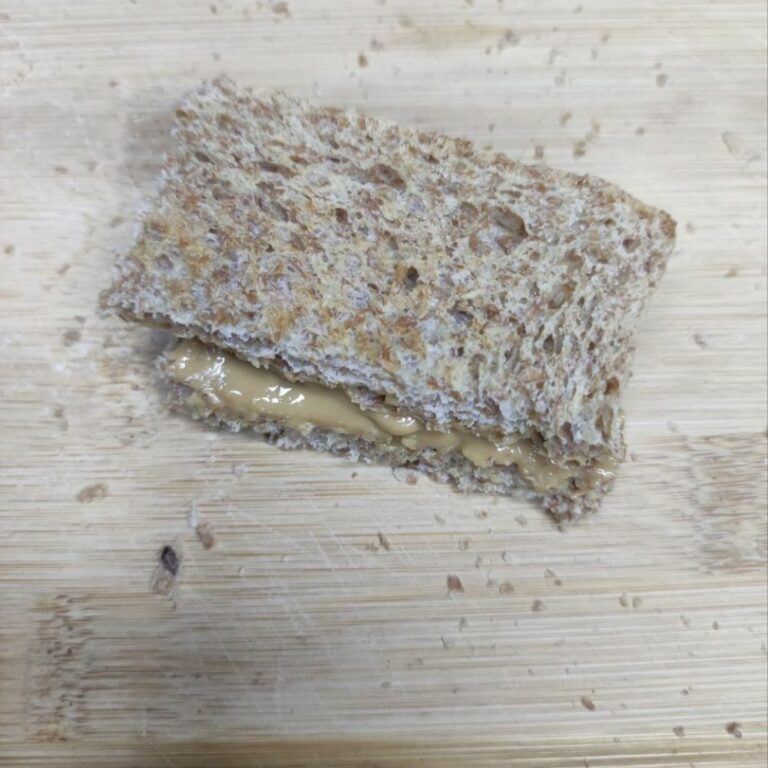
Around this age, toddlers learn how to keep the sandwich together, unlocking a world of mealtime possibilities.
Avoid deli meats and jams or jellies. If mixed consistencies (foods with more than one texture) are new for your toddler, supervise your child closely the first few times a sandwich is offered as they will be figuring out how to manage the different textures in one bite.
Remember that every baby develops on their timeline, so it’s important to adjust the size and shape of bread according to your baby’s development stage.
Always follow safety protocols to minimize choking risk, and make educated choices for your child regarding their needs.
When Can Babies Start Eating Bread?
Babies can eat bread as soon as they start solid foods, typically around 6 months of age.
However, it is important to introduce bread with care as it often contains common allergens like dairy, egg, sesame, soy, tree nut, and wheat.
The Academy of Pediatrics (AAP) recommends starting a variety of solid foods at around 6 months old, and bread can be included from this age.
When introducing bread, it’s important to do so without any other new foods and to wait at least 1 to 2 days before introducing anything new.
Tasty Toppings for Baby’s Bread
You can put a wide variety of tasty and healthy toppings on your baby’s lightly toasted bread.
If you’re looking for some advice, we’ve got you:
Nut or Peanut Butter Spread
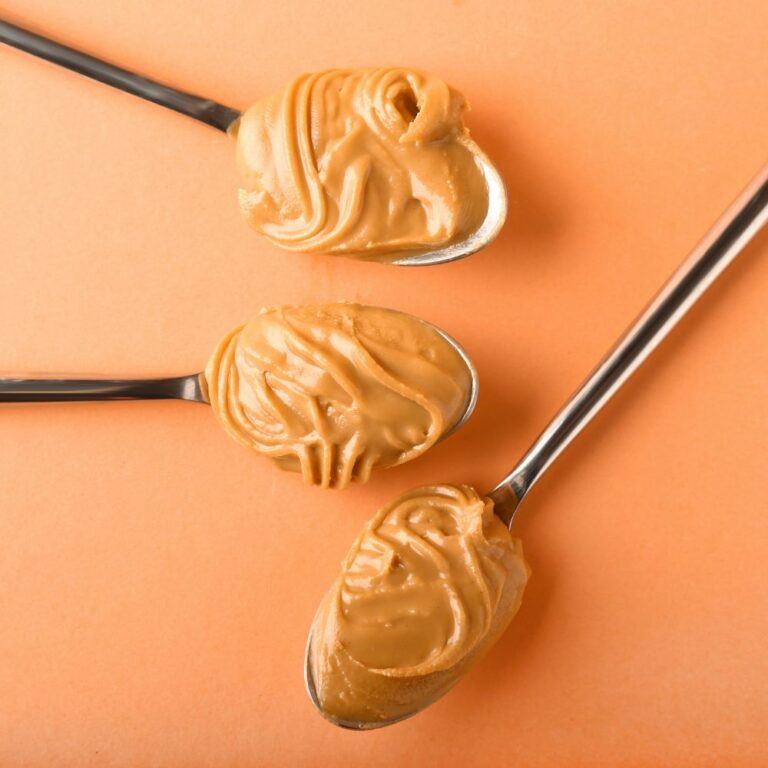
- Thinly spread a small amount of peanut or nut butter on the toast.
- Just ensure that the butter you choose is 100% natural without any additives.
Nutritious Fruit Toppings – Mashed Avocado, Sliced Banana, Sweet Potato
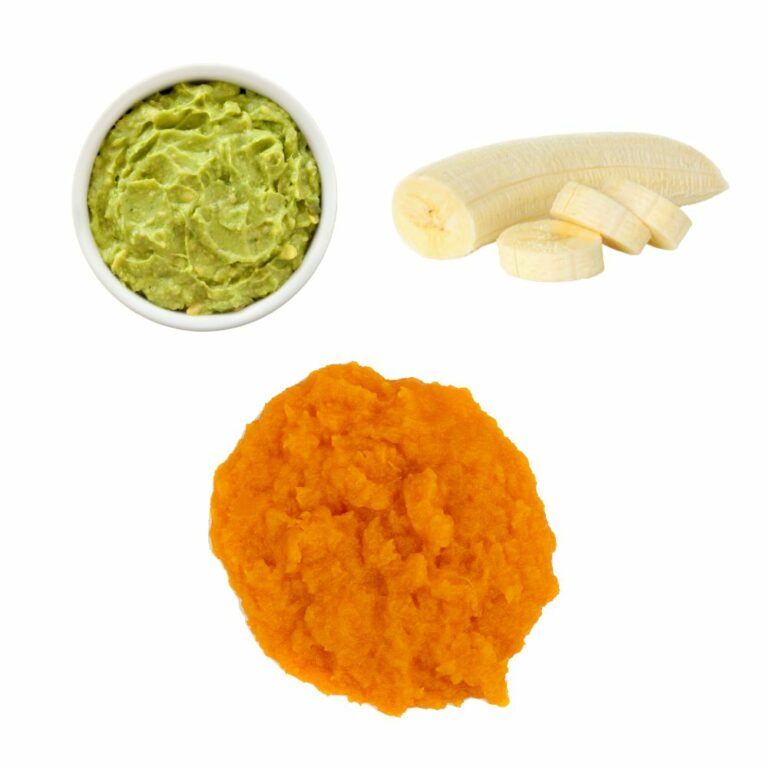
- For a rich breakfast in protein and complex carbohydrates, spread mashed banana on toast with a bit of peanut butter
- Serve a tablespoon of mashed avocado on top of whole wheat bread
- Top toast with savory mashed sweet potatoes dusted with cinnamon
Protein-Packed Mashed Beans
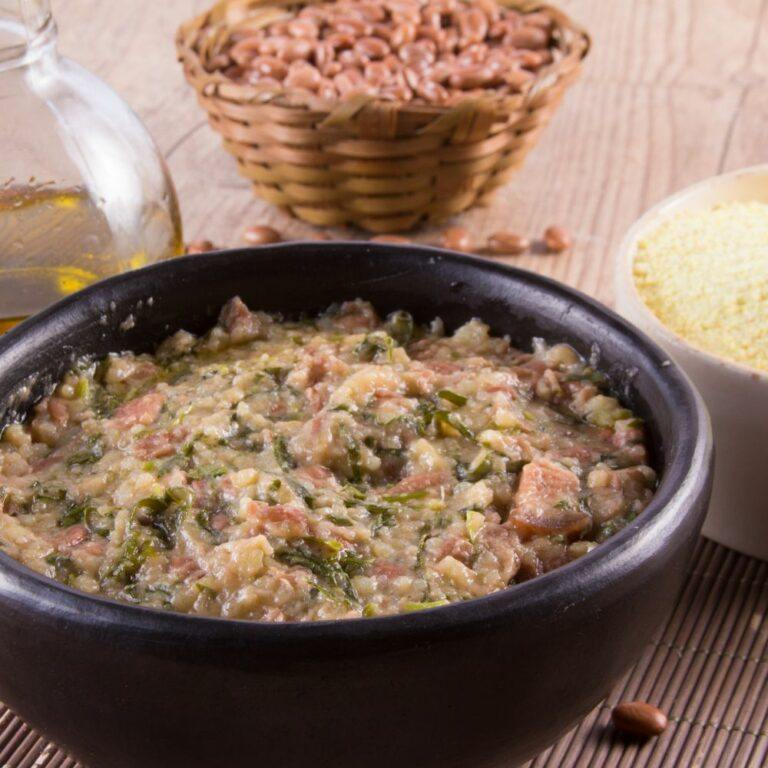
- Cook beans or lentils as per instructions and mash
- Top mashed beans on your baby’s toast strips
Fluffy Scrambled Egg
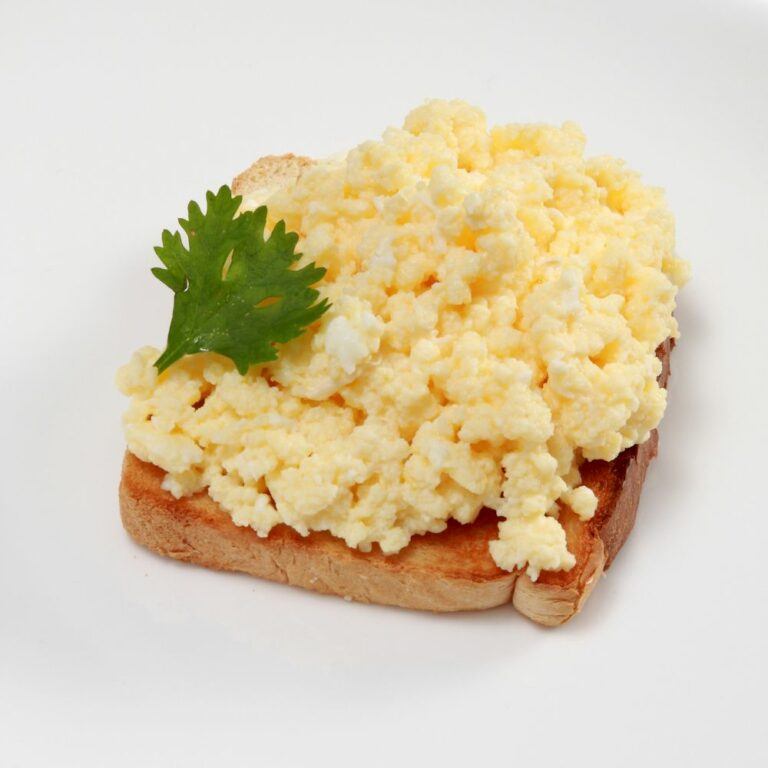
- Scramble an egg and place it on top of the toast
- Sprinkle paprika or any other mild spices for some seasoning
Creamy Hummus
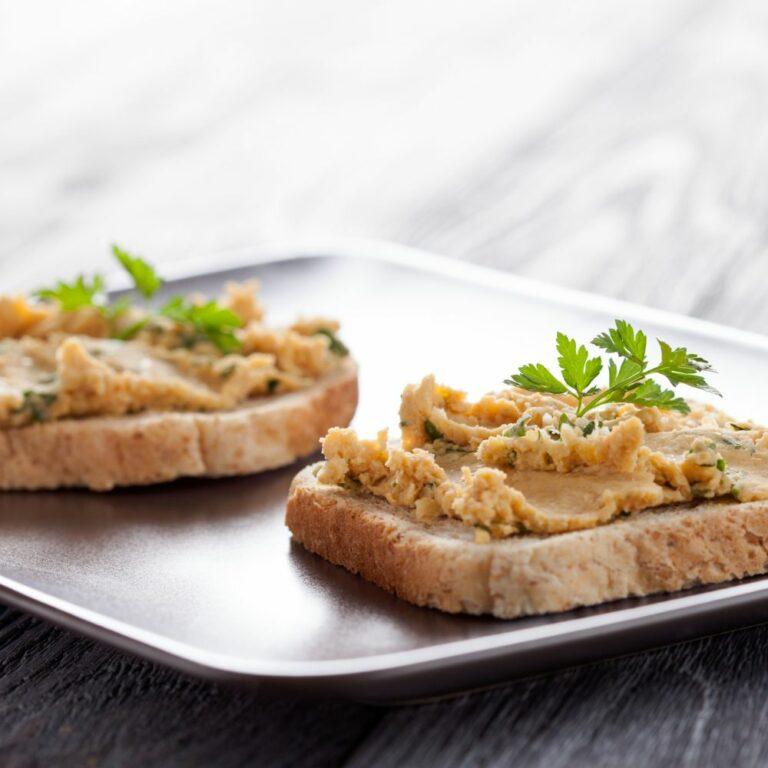
- Spread a thin layer of hummus on top of bread
- Add sliced cucumbers, cooked zucchini, or other fresh vegetables on top for a unique taste
Fresh Cheese Spreads – Mascarpone or Ricotta
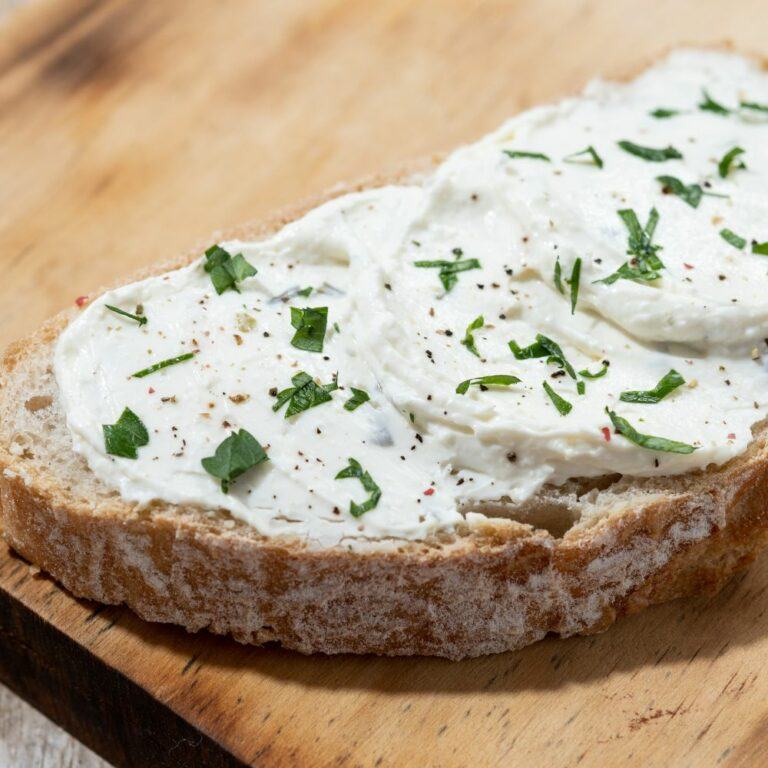
- Spread a thin layer of mascarpone or ricotta cheese on top of the bread
- Add fresh fruit on top for extra flavor and nutrition.
Baby-Led Weaning Bread FAQ
Is Toast Safer for Babies?
Bread can be made safer for babies to eat by toasting it. Removing moisture by toasting is less likely to develop into a big, sticky mass in a baby’s mouth. The bread holds together well after toasting as well.
For smaller newborns, it is recommended to start with small broken pieces of bread or the crusty ends, and as the baby’s chewing and swallowing abilities advance, gradually move up to larger slices of bread or toast.
Varied bread varieties can provide different advantages for a newborn, including nutritional advantages, palate expansion, strengthening of the jaws, and oral development. However, it’s crucial to make sure that a baby’s diet does not substitute bread for more nutrient-dense items.
Is gluten safe for babies to consume?
Yes, as long as a child does not have wheat allergy, non-celiac gluten sensitivity, or celiac disease.
Gluten is a protein found in wheat and other grains, and it becomes problematic for individuals with celiac disease, an autoimmune disease characterized by damage to the small intestine when gluten is consumed.
Always talk to a healthcare provider if concerned about gluten and digestion.
What is the recommended daily intake of bread for babies and toddlers?
The amount of bread that should be consumed daily is dependent on a child’s age as well as their specific requirements.
One ounce of a grain food product is considered to be one serving for a child. This is done to ensure that the child does not overindulge in bread and other grains to the point where they do not have room in their stomach for other types of food.
The following is a list of the recommended serving sizes for grains according to age:
- There are no hard and fast recommendations for children aged 6 to 12 months.
- 12 to 23 months: a daily total equal of 1.75 to 3 ounces.
- Total daily equivalents of 3-5 ounces to be taken between 24 and 36 months.
Can bread trigger an allergic reaction in babies?
Yes, bread can trigger an allergic reaction in babies as it often contains common allergens like milk, egg, sesame, soy, tree nut, and wheat, so make sure to read the ingredients before offering bread to your baby.
Is bread a potential choking hazard for infants?
Bread can be a choking hazard for infants as it can soften and stick together in the mouth.
To minimize the risk, you can toast bread before serving it to your baby, add a thin layer of spread, and supervise them during mealtime.
Is Bread healthy?
Yes, but only when consumed as part of a balanced diet. It provides carbohydrates, fiber, and a bit of protein.
The nutritional value of bread depends on the type of bread, with bread made from fermented or sprouted grains, and whole-grain bread being more nutritious options.
We’re Maria and Alberto, a married couple and educators who are nutrition enthusiasts. Even before we had kids, we were already crazy about nutrition.
We’d read scientific articles, watch videos from nutritionists, and spend hours listening to nutrition podcasts.
Today, we continue doing this, but in a different way, as we’ve learned to sift through the noise and trends. Nutrition, like any other field of knowledge, the more you read and learn, the more you develop a comprehensive understanding of reality, and that’s what has happened to us.
Before having our first child, we focused on learning everything we could about child nutrition, using the same techniques we had already employed, backed by our extensive knowledge in nutrition.
Our mission is to help other parents with their children’s nutrition, to help them become the best versions of themselves.
If we are what we eat and drink, which is absolutely true, let’s do it right!


